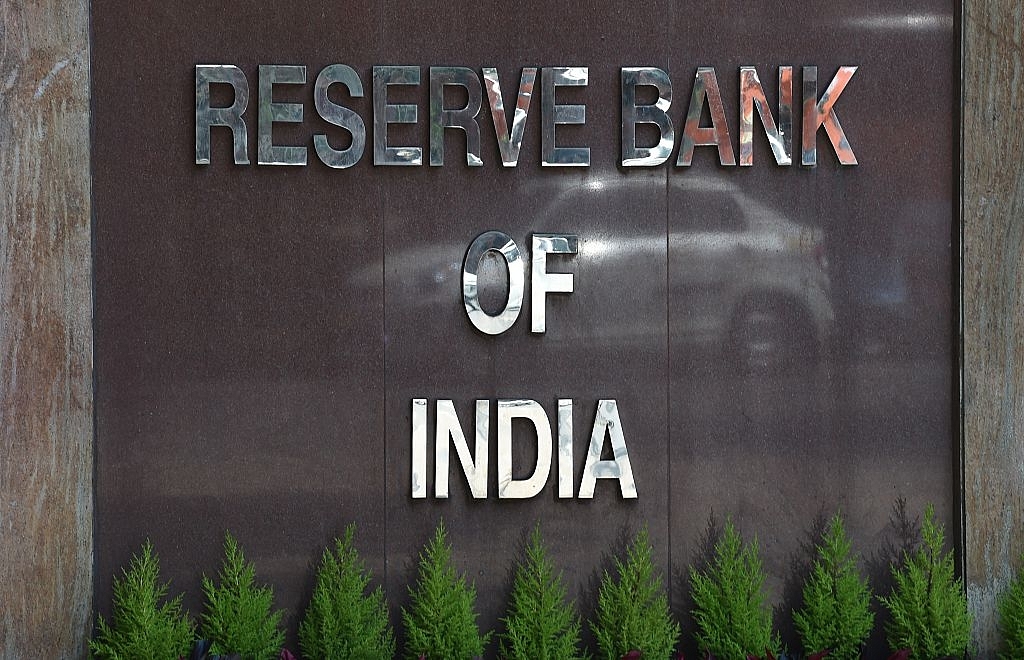Economy
Urjit Patel Should Opt For A CRR Cut Rather Than A Repo-led Easing
- Why a cut in the CRR will give banks more comfort than a cut in the repo rate

The Reserve Bank of India (SAJJAD HUSSAIN/AFP/Getty Images)
On Tuesday (4 October), Reserve Bank of India Governor Urjit Patel will present his first monetary policy, a maiden one produced through the exertions of the newly-constituted monetary policy committee (MPC). Most economists expect him (or the MPC) to take a “dovish” stance and cut the repo rate by 0.25 percent. The repo rate is the RBI’s prime signalling rate; it is the rate at which banks borrow overnight money from the central bank. It is currently at 6.5 percent, when yields on benchmark 10-year government bonds are just marginally above at around 6.77 percent.
Actually, the repo rate matters less for the interest rates you and I pay on our home loans or companies pay on their working capital borrowings. Banks decide lending rates based on their overall cost of funds, which depends largely on the interest they pay on deposits. The RBI has cut repo rates by more than 150 basis points (100 basis points make 1 percent) from its peak, but banks have passed on just over half that cut to customers. This is because their deposit rates have not come down as fast. Moreover, public sector banks, which have a huge cache of bad loans, want higher spreads between borrowing and lending rates in order to fend off losses.
Assuming Patel wants to send a signal that he will be cautious on inflation and yet keen on cutting rates, he should focus on cutting the cash reserve ratio (CRR), which is currently at 4 percent.
CRR is a huge non-performing asset for most banks, as these deposits, maintained with the Reserve Bank, give them no returns.
A half-percent cut in CRR spread over two quarters will give banks more comfort than a half percent cut in the repo rate over the same time period. Roughly speaking, on a current deposit base of Rs 97 lakh crore, a half percent CRR cut would free over Rs 48,000 crore for banks, money which can be used to lend at reasonable rates.
A CRR-led monetary easing will be better for banks and borrowers than a repo-led one.
Moreover, with a huge chunk of FCNR (foreign currency non-resident) dollars raised during the rupee crisis of 2013 set to mature this month and the next ($20-25 billion is involved), liquidity will tighten if more money is not set free. Repaying dollars means buying them with rupees before remittance, which will drain rupee liquidity from the market.
Given benign inflation conditions and prospects of lower food prices due to a good monsoon, Patel should opt for a CRR cut instead of a repo cut.
Support Swarajya's 50 Ground Reports Project & Sponsor A Story
Every general election Swarajya does a 50 ground reports project.
Aimed only at serious readers and those who appreciate the nuances of political undercurrents, the project provides a sense of India's electoral landscape. As you know, these reports are produced after considerable investment of travel, time and effort on the ground.
This time too we've kicked off the project in style and have covered over 30 constituencies already. If you're someone who appreciates such work and have enjoyed our coverage please consider sponsoring a ground report for just Rs 2999 to Rs 19,999 - it goes a long way in helping us produce more quality reportage.
You can also back this project by becoming a subscriber for as little as Rs 999 - so do click on this links and choose a plan that suits you and back us.
Click below to contribute.
Latest